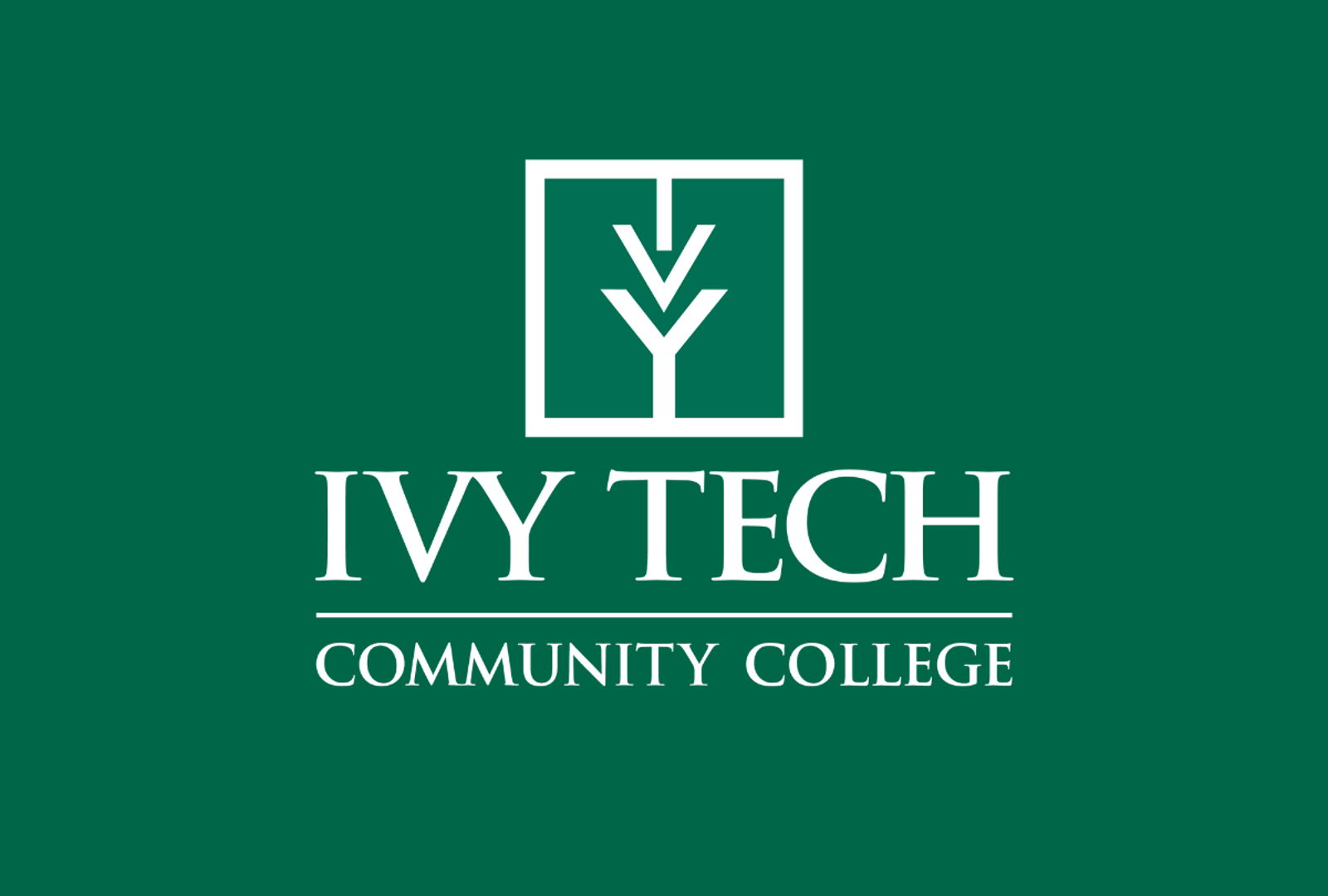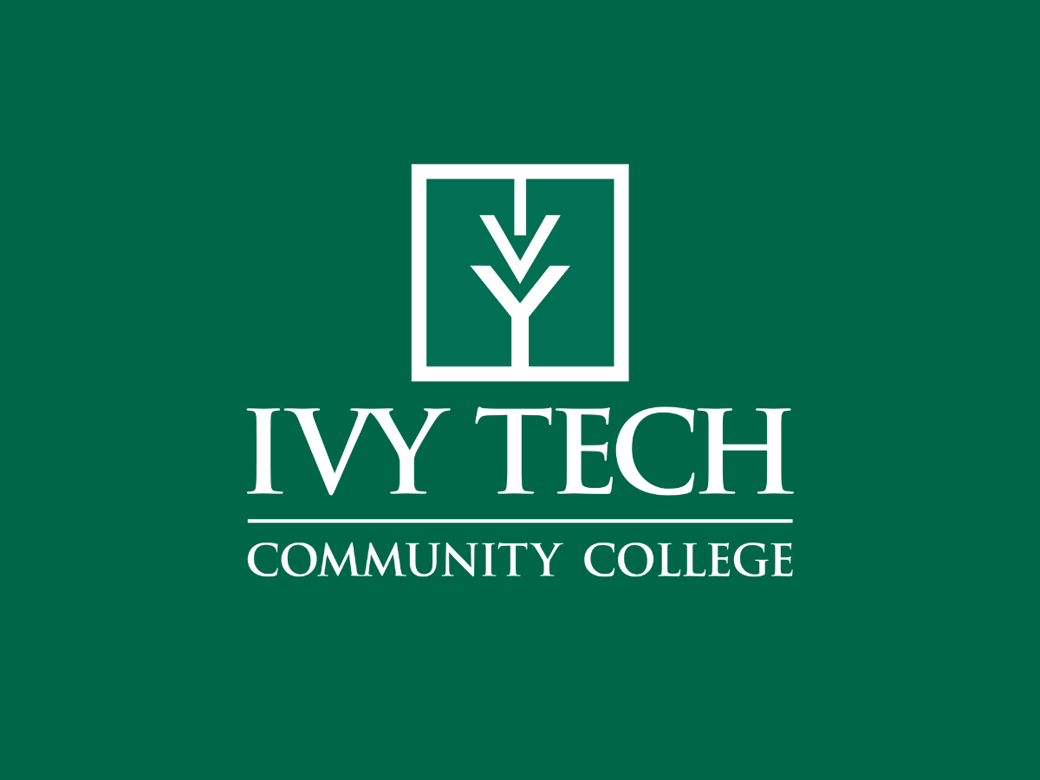From The Herald-Times
Posted: Wednesday, December 9, 2015 12:00 am
By Kat Carlton 812-331-4351 | kcarlton@heraldt.com |
Ivy Tech Bloomington nursing student Kayla Bishop adjusted a fake punctured eyeball over her right eye and slumped over in a corner. Bishop was one of about 15 students participating in the largest-scale mass disaster simulation yet in the school’s nursing program.
“It helps us put all of our learning concepts together as a whole,” Bishop said.
Students with fake injuries of varying severity sprawled on the first floor of the Lee J. Marchant School of Nursing building on Daniels Way, pretending they were victims of a tornado.
“This is the second year we’ve done one like this,” said School of Nursing Dean Pam Thompson. “The simulation lab capabilities have expanded, so we’re able to do bigger simulations with more people.”
In the past, students have participated in simulations with one or two victims.
“We’ve been doing simulations for several years, but nothing on this scale,” Thompson said.
The group of nursing, paramedic and respiratory care students had to evaluate patients using a triage system. In less than a minute, students were supposed to decide which color (level of severity) each patient was on the triage scale, and tag them with it. “Green” patients, also known as the “walking wounded,” had the least severe injuries and could be treated last. “Black” victims were dead. “Red” indicated severe injuries that needed to be treated right away, and the next level down was “yellow.”
Bishop, for example, with a punctured eye, was labeled as a “red” patient. She was coherent but had a very severe injury that required immediate care, and she had to be sent off to the emergency room. As part of the assessment procedures to determine mental and physical states, students would ask victims initial questions like, “Are you able to walk?” and “Do you know your name?”
“In this simulation, we can’t always fix things right away and move on,” said assistant professor of nursing Kim Roach. “Triage is a stormy system when there are more patients than resources and time.”
One victim lay motionless under a table and wasn’t breathing. She was quickly determined to be unfixable.
Some students used a marker on their gloves to check off the number of people they found, corroborating results with other students.
In about 15 minutes, the group of students had found and evaluated all eight victims at the scene.
After that, some of the students participated in exercises with dummies of a 2-year-old suffering intracranial pressure, and the respiratory students intubated another dummy patient with a chest tube.
“I think the thing we’re so proud of right now is that we’re working with the other programs,” Thompson said. “Collaboration is a really hot issue right now in health care education.”
The collaboration among the nursing, respiratory care and paramedic students was another new feature to the simulations.
For the fall 2015 term, Ivy Tech received more than 2,200 applications for its associate of science degree in nursing and admitted 674 students for its available program capacity. Many of the students in the simulation, like Bishop, are licensed practical nurses transitioning to get their associate of science in nursing.
Ivy Tech Community College’s ASN program posted a 90 percent completion rate for its most recent class statewide.
 Paramedic student Kevin Harris checks on Jillian Kerns, also a paramedic student, who is acting as a victim during a tornado disaster training scenario at Ivy Tech.
Paramedic student Kevin Harris checks on Jillian Kerns, also a paramedic student, who is acting as a victim during a tornado disaster training scenario at Ivy Tech.Jeremy Hogan | Herald-Times
About Ivy Tech Community College
Ivy Tech Community College is Indiana's largest public postsecondary institution and the nation's largest singly accredited statewide community college system, accredited by the Higher Learning Commission. Ivy Tech has campuses throughout Indiana and also serves thousands of students annually online. It serves as the state's engine of workforce development, offering associate degrees, long- and short-term certificate programs, industry certifications, and training that aligns with the needs of the community. The College provides a seamless transfer to other colleges and universities in Indiana, as well as out of state, for a more affordable route to a bachelor's degree.


